Curry (Indian cuisine)
This is a collection of articles archived for the excellence of their content. |
Contents |
The expression curry
History
Vikram Doctor, August 16, 2021: The Times of India
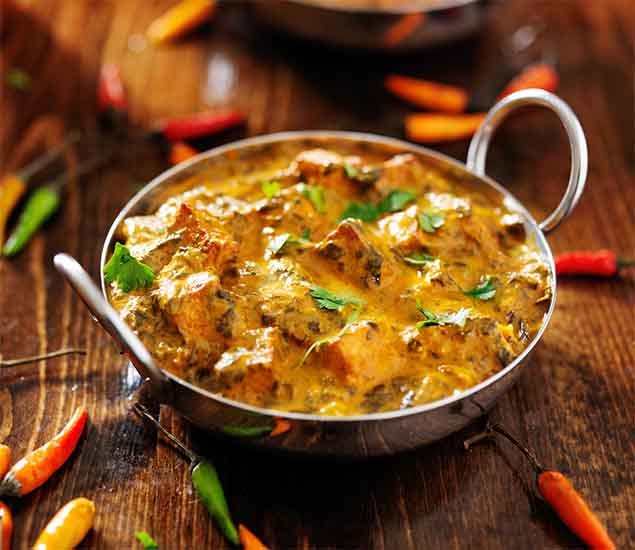
From: Vikram Doctor, August 16, 2021: The Times of India
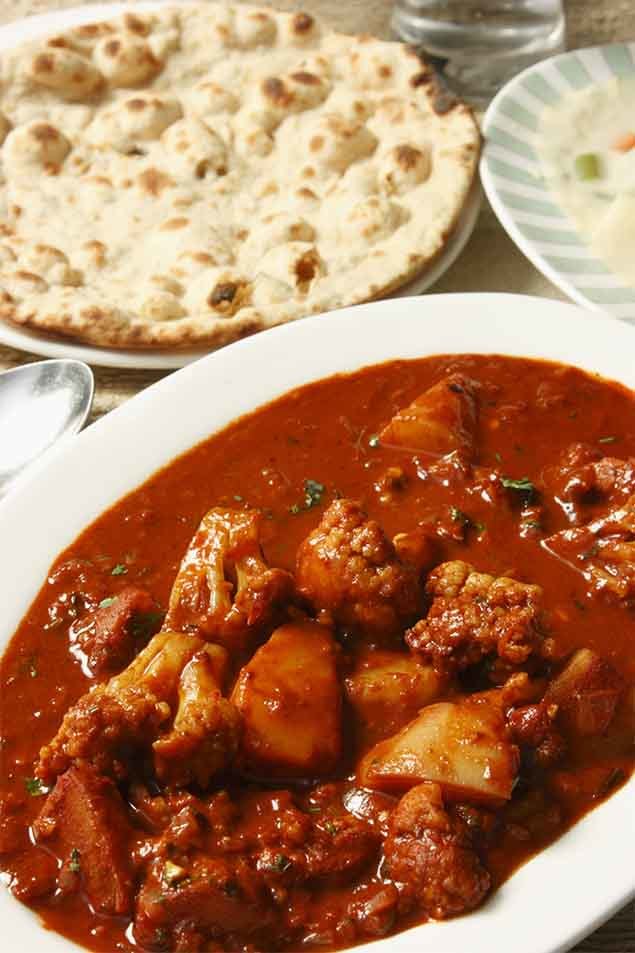
From: Vikram Doctor, August 16, 2021: The Times of India
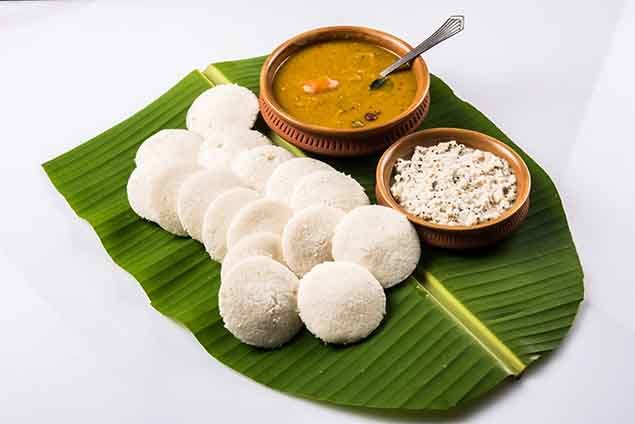
From: Vikram Doctor, August 16, 2021: The Times of India

From: Vikram Doctor, August 16, 2021: The Times of India
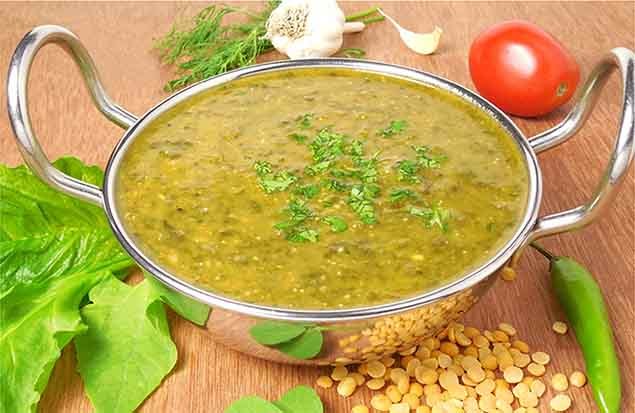
From: Vikram Doctor, August 16, 2021: The Times of India
One of the earliest western references to the term ‘curry’ appears in the context of horrific violence. It comes in the Lendas da India (Legends of India), a history of early Portuguese rule in India, written by Gaspar Correa, a clerk to Afonso de Albuquerque, the second Portuguese Governor.
In 1502, Vasco da Gama returned to India ready to subjugate the Zamorin of Calicut. Anchoring menacingly off the coast, he demanded the expulsion of all Arab traders. The Zamorin sent a Brahmin priest as envoy to point out that Calicut was a free port and he was not going to expel them. Correa writes that this infuriated da Gama so much he attacked some ships unlucky enough to sail into Calicut just then, hacked the ears, noses and hands of sailors and sent them with the envoy “with a palm leaf for the King, on which he told him to have a curry made to eat of what his friar brought him.”
This gory episode might seem to confirm how western powers have used the concept of curry for their own purposes. Invitations to cannibalism apart, this seems to be at the heart of the recent complaint by a 27-year-old Californian food blogger that the term should be ‘cancelled’ because it is tainted by colonialism and used as a catch-all term by people who can’t be bothered to learn the real names of Indian dishes. Yet the fact that Correa uses the term curry (caril in the original text) quite routinely suggests it was a well-understood food term for anyone in that part of India. Later travellers Jan Huygen van Linschoten (1583-89) or Pietro della Valle (1623-24) also record ‘caril’ for a dish that they describe as a ‘broth’ eaten with rice. Writing from Goa, Linschoten describes it being made with fish and rather sour “but it tasteth well”.
Ranging more widely across the West coast, from Surat to Mangalore, Della Valle describes ‘caril’ being made with ‘butter’ (probably meaning ghee) and ‘the Pulp of Indian nuts’ (probably meaning coconuts) “and all sorts of spices, particularly Cardamoms and Ginger”. He notes that Christians in India add every kind of flesh to it, which suggests that other communities were more restrained. Mixed with rice he says, “It made a well-tasted mixture, of much substance and light digestion.”
Indians in the diaspora are understandably annoyed by the simplified way in which curry is used to apply to all Indian food and, worse, the way it becomes a term of abuse against all South Asians. Yet this can’t be taken to suggest that the term is not used in India, or does not represent something real — meaning broadly dishes made by thickening liquids that are then eaten by being mixed with grains, soaked in leavened breads like idlis or sannas, or scooped up with flatbreads like rotis or puris.
Thickening liquids lies at the heart of much of Indian cooking. It might be the result of dried cow dung being a basic fuel through most of Indian history. Cow dung burns with a slow flame, making it ideal to slowly thicken simmering pots of liquid. Dried spices also help thicken dishes, particularly coriander seed, which might be why it’s usually used in significantly larger amounts. Some spice mixes, like East Indian bottle masala, contain large quantities of toasted grains which also thicken liquids well. The terms pulses and dals tend to be used interchangeably in descriptions of Indian cooking without noting the essential difference that dals are meant to be split or broken, the original meaning of the term. Splitting pulses helps them break down faster to help thicken the liquids they are cooked in (or integrate easier with grains when they are cooked together in dishes like khichdi). The fact that Indian food is almost the only cuisine which places so much value on split pulses emphasises the importance of thickened liquids in our food.
One term occasionally used for these thickened liquids is gravy dishes. Students protest the lack of enough gravy dishes to eat with rice or rotis in college messes. Sometimes these are actual gravies, in the English sense of thickened meat juices, as in the buckets of chicken gravy proffered in South Indian ‘messes’, as restaurants serving meat are called, to moisten heaps of rice. But dal can be gravy too, as the European chef Leon Petit, who worked in Calcutta, wrote in his Home Book of Indian Cookery (1955). When he first encountered Indian food, he was surprised at the small amounts of meat or vegetables he was served with rice, but then, “Here is the gravy, I was told, and a sauceboat of dhal was produced.”
Gravy is a confusing term though, both because of its English origin and association with meat. It is easier to use an Indian term, and curry fills this purpose well enough. We may not primarily think of all our liquidy dishes, from sambhar to shukto to Sindhi kadi to sorpotel as curries, but we understand the purposes they serve on our plate, and how they all can quite comfortably continue to come under the curry label in India.
The curry in foreign lands
In Japan
August 1, 2021: The Times of India
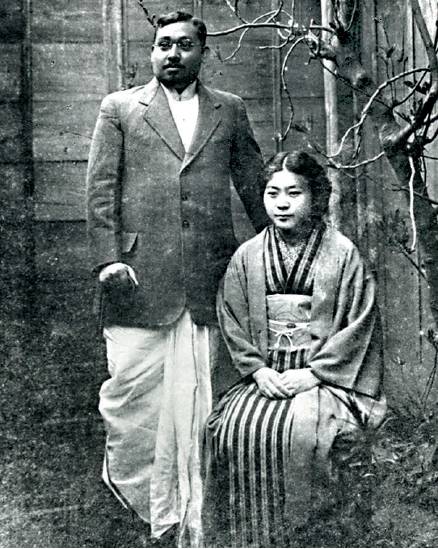
From: August 1, 2021: The Times of India
Curry is as much a Japanese dish as chicken Manchurian is an Indian one. Or to put it another way, Japanese curry is to Indian food what chicken Manchurian is to Chinese food: a vague relative.
The history of the dish in Japan dated to the 1870s when naval officers of the British Royal navy who had picked up the curry habit in India, passed it on to colleagues in Japan’s imperial maritime forces. The earliest recipes for raisu kar (literally rice curry) in Japanese cookbooks were lifted from the 1861 Mrs Beeton’s Book of Household Management, whose curry ingredient lists included curry powder, flour and chopped sour apples. Since the novelty dish came from Britain, as far as the Japanese were concerned curry rice was “western” and it became a regular item at yoshuku or western food restaurants. Even today the Japanese navy keeps up its tradition of “curry Fridays,” where all navy canteens offer raisu kar as a Friday staple.
The taste of the Japanese version of curry is sweeter and its texture more glutinous than that of its Indian ancestor, but there is one restaurant in Tokyo that prides itself in serving “authentic India curry” — no wheat, no apples and no holds barred on the chilli: Nakamuraya. Just how this came to be involves a rip-roaring yarn featuring a revolutionary fugitive from India, a love affair, and an entrepreneurial Japanese family of bakers.
It began with a Bengali, Rash Behari Bose, who was born in 1886 in a village called Subaldaha. After finishing high school, Bose applied for a job in the army but was rejected as the British, who ruled India at the time, viewed Bengalis as effete and unmasculine. By this time the young man’s imagination was aflame with anti-colonial ideas acquired during the agitation against the Partition of Bengal in 1905. He worked at the Forest Research Institute in Dehradun for a while, but in 1912 became involved in an attempted assassination of the Viceroy, Lord Hardinge. As the colonial authorities closed in on him, he fled to Japan in 1915. He made his way to the city of Kobe under the assumed name of P S Thakore, pretending to be a relative of Nobel laureate Rabindranath Tagore whom Bose had read was planning a trip to Japan.
From Kobe he immediately set out for Tokyo where he befriended a number of Indians affiliated to the Gadar party, an anti-British outfit that was originally founded by Punjabi Sikhs in North America. He also met with Sun Yat-sen, the great Chinese nationalist then also in exile in Japan. Eventually, he made the acquaintance of a number of Japanese pan-Asianists who were sympathetic to the cause of Indian independence, notably, right wing politician, Mitsuru Toyama.
Initially Bose continued to use the pseudonym but his cover was blown when an arms shipment to his compatriots in India, arranged from Shanghai with the help of Sun Yat-sen, was intercepted in Singapore. The shipment’s paper trail exposed Bose’s true identity, and the British embassy in Tokyo, acting under the terms of the Anglo-Japanese Alliance, sued for his extradition.
At this point, Toyama introduced Bose to the Soma family, owners of a well-known bakery called Nakamuraya. The family allowed the Indian to hide out at the bakery for several months during which time Soma’s eldest daughter, Toshiko, acted as his interpreter.
Eventually, on Toyama’s request, the two got married in 1918, a move that allowed Bose to move around Tokyo without attracting as much suspicion, and paved the way for his acquisition of Japanese citizenship in 1923. The couple had two children, a boy and a girl in quick succession, before Toshiko died from pneumonia in 1925.
In subsequent years Bose continued to lobby for the Indian national movement in Japan via extensive writings and lectures. But his most lasting contribution in introducing India to Japan was in debuting “authentic” Indian curry at a new Nakamuraya café that opened shop in 1927. According to Bose of Nakamuraya, a biography written by Hokkaido University Professor, Takeshi Nakajima, Bose wanted to prove that the curry the Japanese were used to was a colonial invention. Getting his recipe on the Nakamuraya menu was therefore “part of his anti-colonial struggle, by trying to win back India’s food culture from British hands.”
Nakamuraya’s Indian curry proved a hit, even though it was priced eight times higher than the average raisu kar . Eventually in 1939 Nakamuraya became one of the first food companies to go public on the Japanese stock exchange.
Following a bout of ill health, Bose died in 1945 at the age of 58, but in Japan his legend lives on through the curry that Nakamuraya continues to serve. It remains the most popular item on their menu.
Edited excerpts from ‘Orienting: An Indian in Japan’ with permission from HarperCollins India